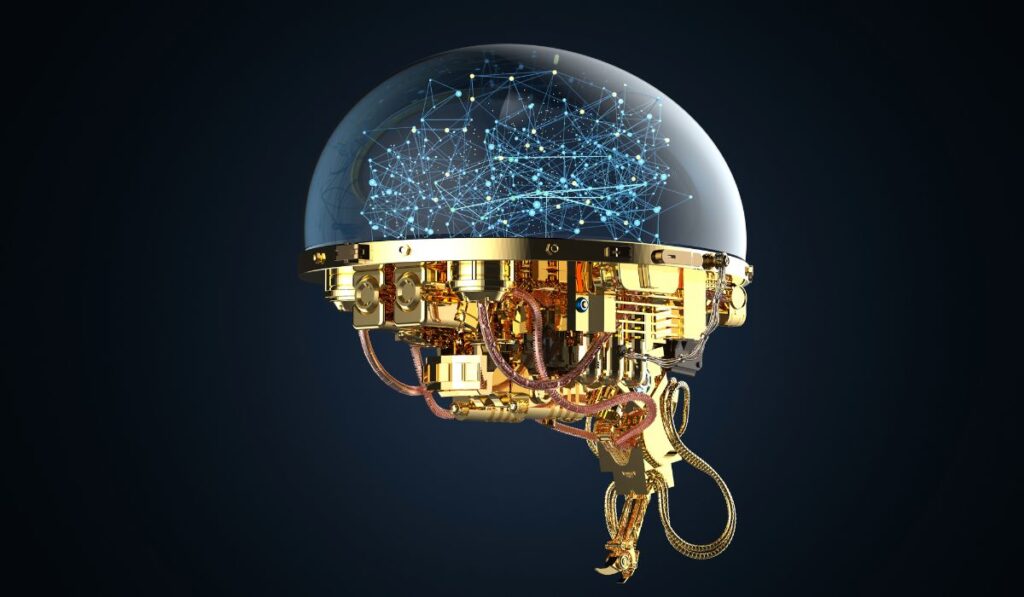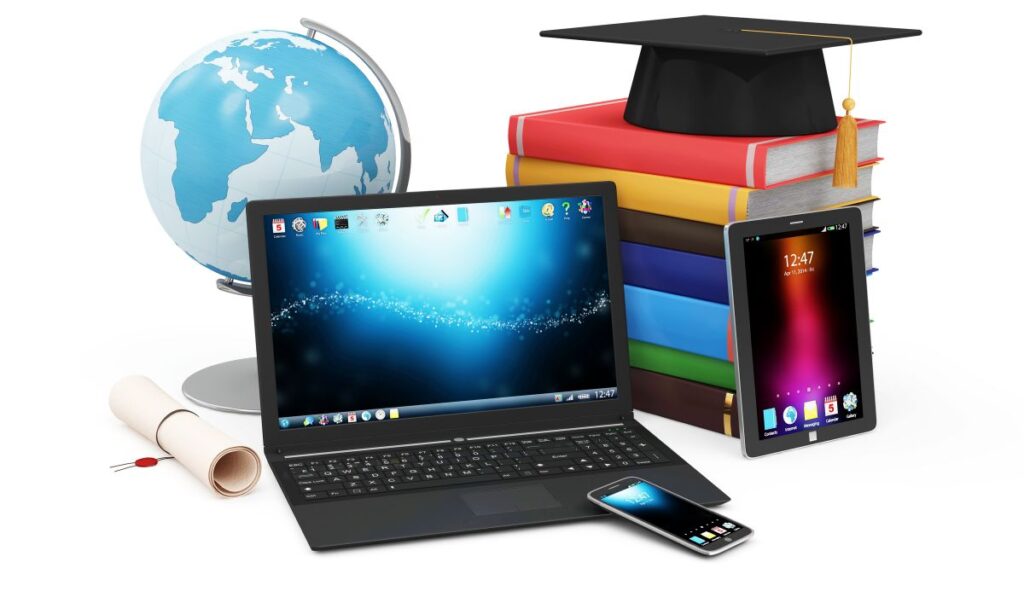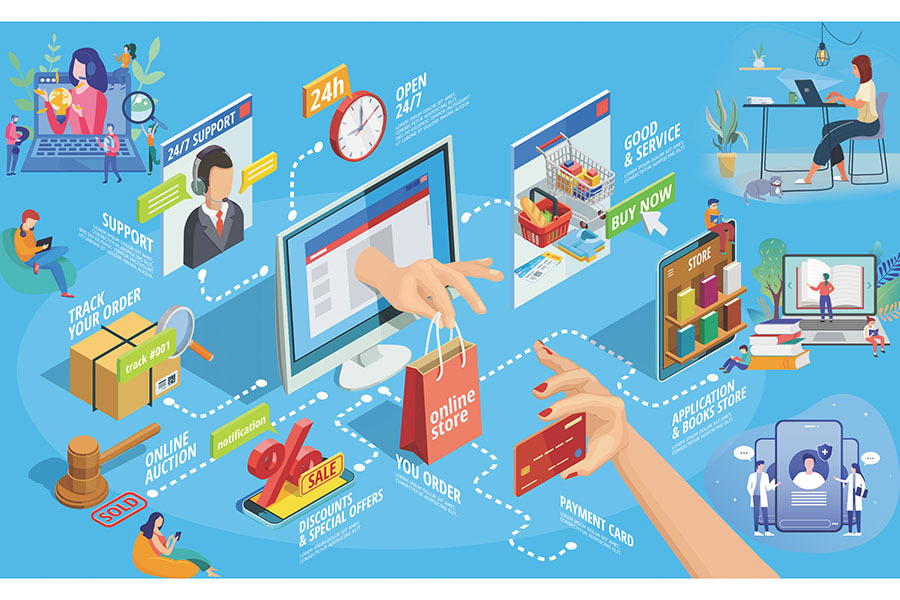Electronic learning, commonly called e-learning, delivers education via electronic devices and digital media. It encompasses a range of processes, including online courses, virtual classrooms, and digital collaboration. Explore the future of education with ‘Electronic Learning Definition.’ Redefine your understanding of online learning, uncovering trends and transformative strategies for an enhanced educational experience.
E-learning has transformed the traditional educational landscape, facilitating access to learning resources anytime and anywhere. This learning mode leverages the internet, multimedia content, and interactive platforms to provide a flexible and personalized educational experience. E-learning caters to various learning styles through text, video, and interactive simulations.
Schools, universities, and corporate environments increasingly adopt e-learning to enhance learning and training efficiency. By breaking geographical barriers and reducing costs, e-learning presents a viable alternative for learners constrained by location or financial resources. With its growing popularity, e-learning has become a cornerstone of the modern education and professional development approach.

Introduction To Electronic Learning
Electronic Learning, often abbreviated as e-learning, is a modern education method. It uses computers and the internet to teach. This form of learning has grown with technological advancements. E-Learning is flexible and accessible. It makes it easy for anyone to study anytime, anywhere.
Older learning methods required a teacher and textbooks in a classroom. E-Learning changes this. The digital age introduces learning via videos, interactive simulations, and online quizzes. These tools help students understand concepts better. They can learn at their own pace. E-learning reshapes how we think about education today.

The Mechanisms Of Electronic Learning
Electronic learning, or e-learning, uses computers and the internet for education. Through e-learning systems, students receive materials, learn, and take exams online. These systems have vital components, including content repositories, where learning materials are stored, and tracking tools to monitor progress.
E-learning platforms, such as Learning Management Systems (LMS) and Massive Open Online Courses (MOOCs), come in different forms. LMS allows for controlled environments for schools and companies. MOOCs let many people learn at once, sometimes for free. Both platforms are vital for remote education.
Multimedia elements greatly enhance e-learning. They include videos, audio, and interactive activities. The use of multimedia helps learners understand topics better. It makes lessons engaging and can cater to different learning styles.
Benefits Of Embracing Electronic Learning
Electronic learning, or e-learning, makes education accessible to everyone. People can learn from any place and at any time. This flexibility allows learners to fit education into their busy schedules. Learning content is available online, so there’s no need to be in a physical classroom.
E-learning also offers personalization. Each student can learn independently and choose materials that match their interests and needs. This tailored approach supports better understanding and retention of information.
| Advantage | Description |
|---|---|
| Cost-Effectiveness | Reduces travel and material costs. Links to a lower carbon footprint. |
| Environmental Impact | Less paper is used. This translates to saving trees and protecting the environment. |

Credit: www.forbesindia.com
Challenges And Considerations
Electronic learning faces distinct hurdles. Technological barriers can hinder access and effectiveness. To bridge this gap, educational institutions need to provide adequate tech resources. This may include lending devices or offering tech support.
Keeping students engaged digitally poses another challenge. Interactive elements, like quizzes and forums, are essential. These keep learners active and connected. Online courses should also incorporate varied multimedia content to maintain interest.
Lastly, the digital divide affects many learners. Addressing it requires targeted strategies. Schools should ensure that all students have reliable internet access. Investing in infrastructures, such as community internet hubs, is also vital. It can play a crucial role in leveling the educational playing field.
The Future Of Electronic Learning
Electronic learning, often called e-learning, is changing fast.
New tools and methods are shaping how we learn online.
Technologies like virtual reality (VR) and augmented reality (AR)
make lessons feel real. You can visit places without leaving home.
Artificial Intelligence (AI) is a big deal in e-learning.
It can create personal learning plans for each student.
AI helps by giving the right content at the right time.
Learning becomes faster and more fun.
The whole world is our classroom now.
With e-learning, everyone, everywhere, can study together.
Students from different countries can work on projects as a team.
This is called global educational collaboration.
Frequently Asked Questions Of Electronic Learning Definition
What Is The Meaning Of Electronic Learning?
Electronic learning, or e-learning, refers to educational courses or programs delivered digitally, often online. This method allows for learning without the constraint of physical presence in a traditional classroom setting.
What Do You Mean By Learning Using Electronic Means?
Learning using electronic means refers to digital tools and platforms facilitating educational processes. This approach encompasses online courses, virtual classrooms, and interactive learning apps.
What Is The Purpose Of Electronic Learning?
Electronic learning aims to provide accessible, flexible, and personalized education through digital platforms. It enables learners to study anytime, anywhere, enhancing knowledge acquisition and skill development.
What Is Electronic Teaching?
Electronic teaching involves using digital tools and platforms to instruct students. It incorporates multimedia resources, online assessments, and interactive learning environments to enhance education.
Conclusion
Embracing electronic learning marks a significant leap in educational accessibility. It transcends traditional classroom boundaries, offering flexible, diverse, and personalized experiences. As technology advances, e-learning will continue to evolve, shaping future education landscapes. Let’s welcome this digital revolution and harness its full potential for knowledge empowerment.